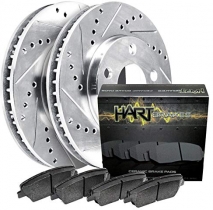-
Welcome to 4Runners.com!
You are currently viewing as a guest! To get full-access, you need to register for a FREE account.
As a registered member, you’ll be able to:- Participate in all 4Runner discussion topics
- Transfer over your build thread from a different forum to this one
- Communicate privately with other 4Runner owners from around the world
- Post your own photos in our Members Gallery
- Access all special features of the site
Burning reach until it get hot. - 3VZE The dies.
Discussion in '2nd Gen 4Runners (1990-1995)' started by Fermin4, Sep 30, 2020.

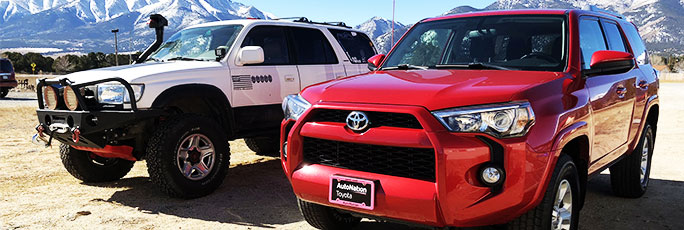
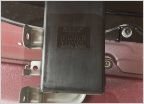 Rear window relay fixed
Rear window relay fixed Antenna alternatives?
Antenna alternatives?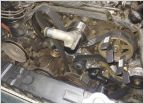 Camshaft Seal replacement
Camshaft Seal replacement New coils and 1.25" spacers, got rid of that sag!
New coils and 1.25" spacers, got rid of that sag!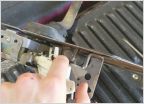 Sloppy shifter
Sloppy shifter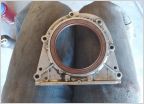 Rear main seal help
Rear main seal help













